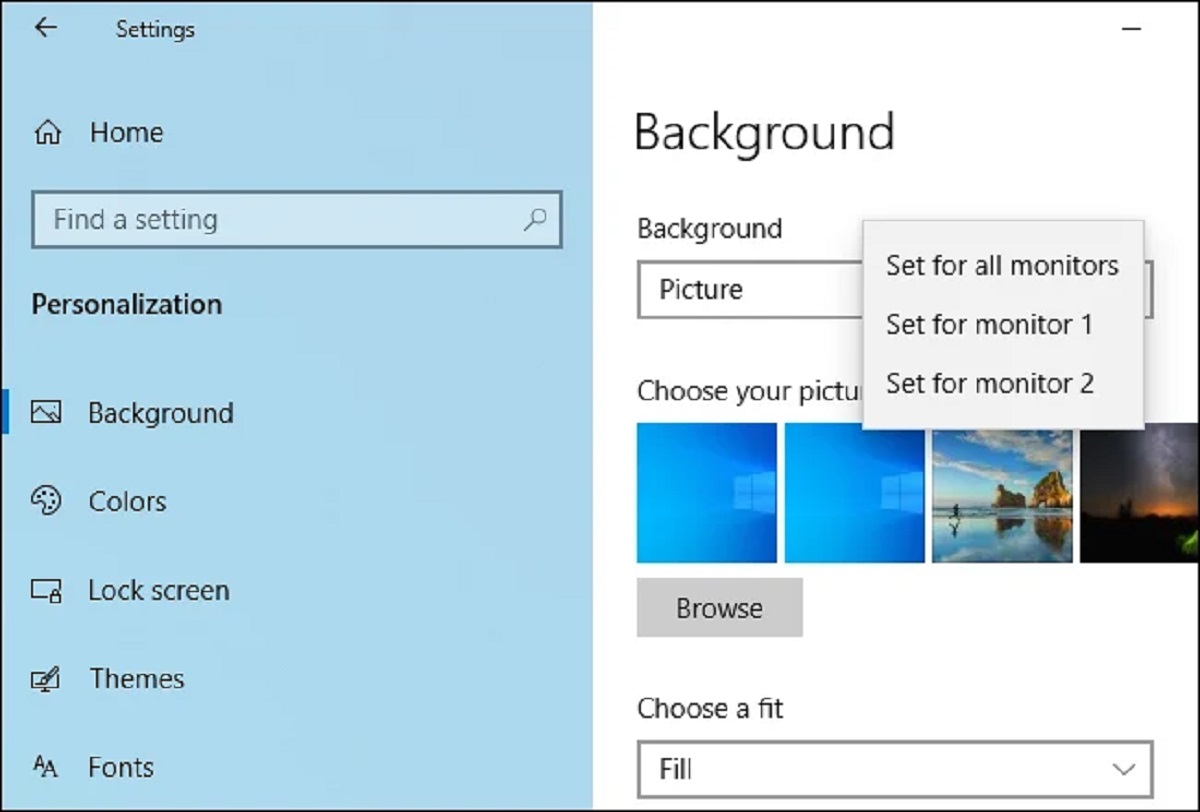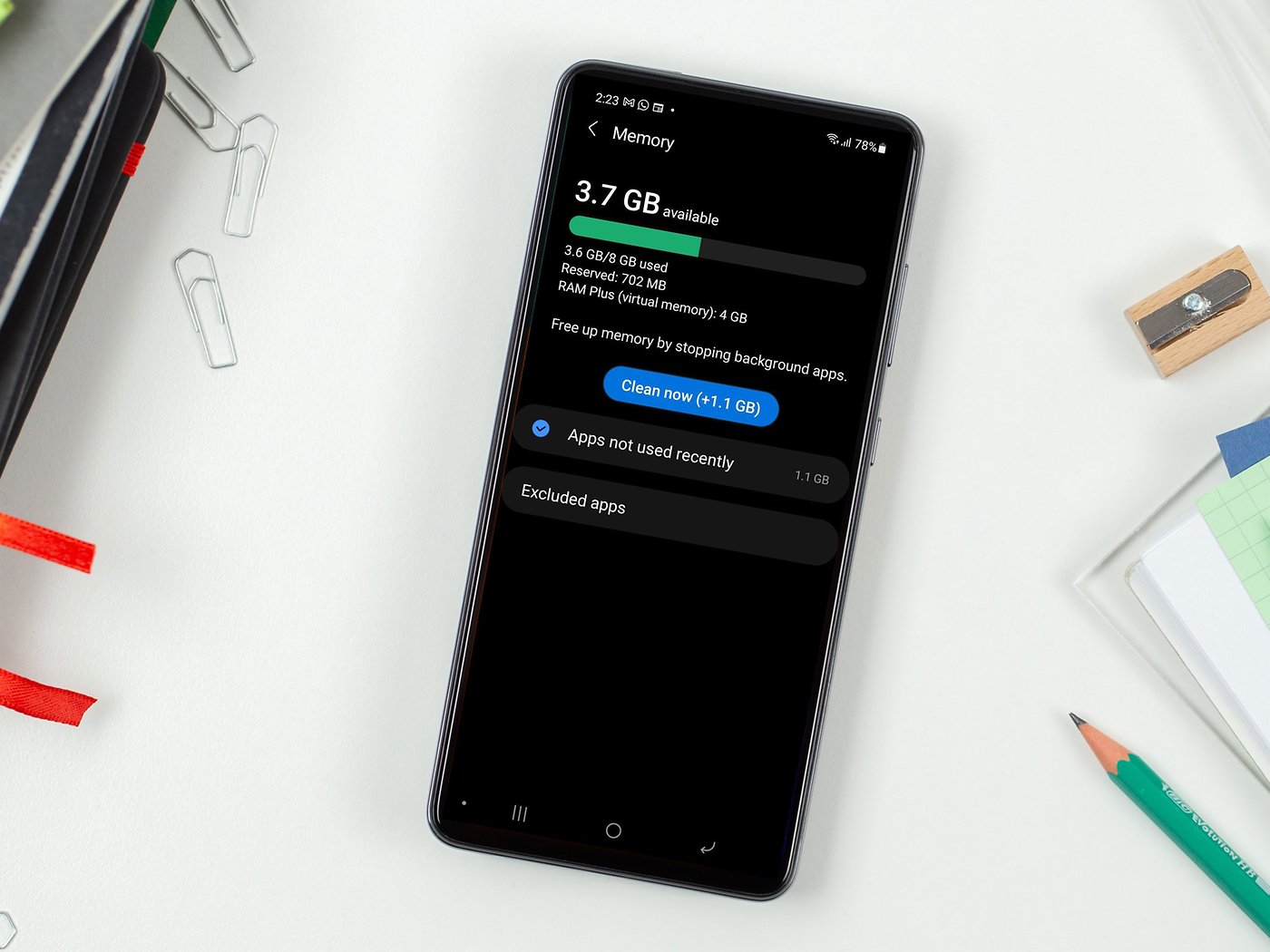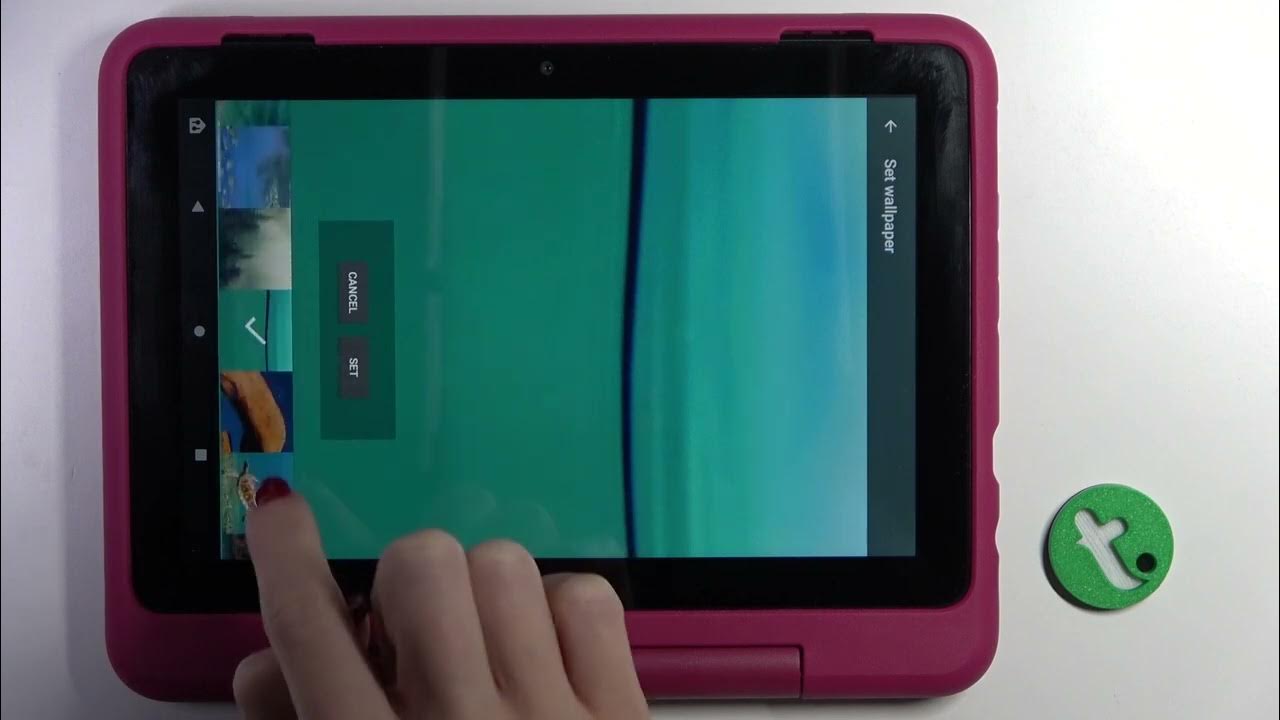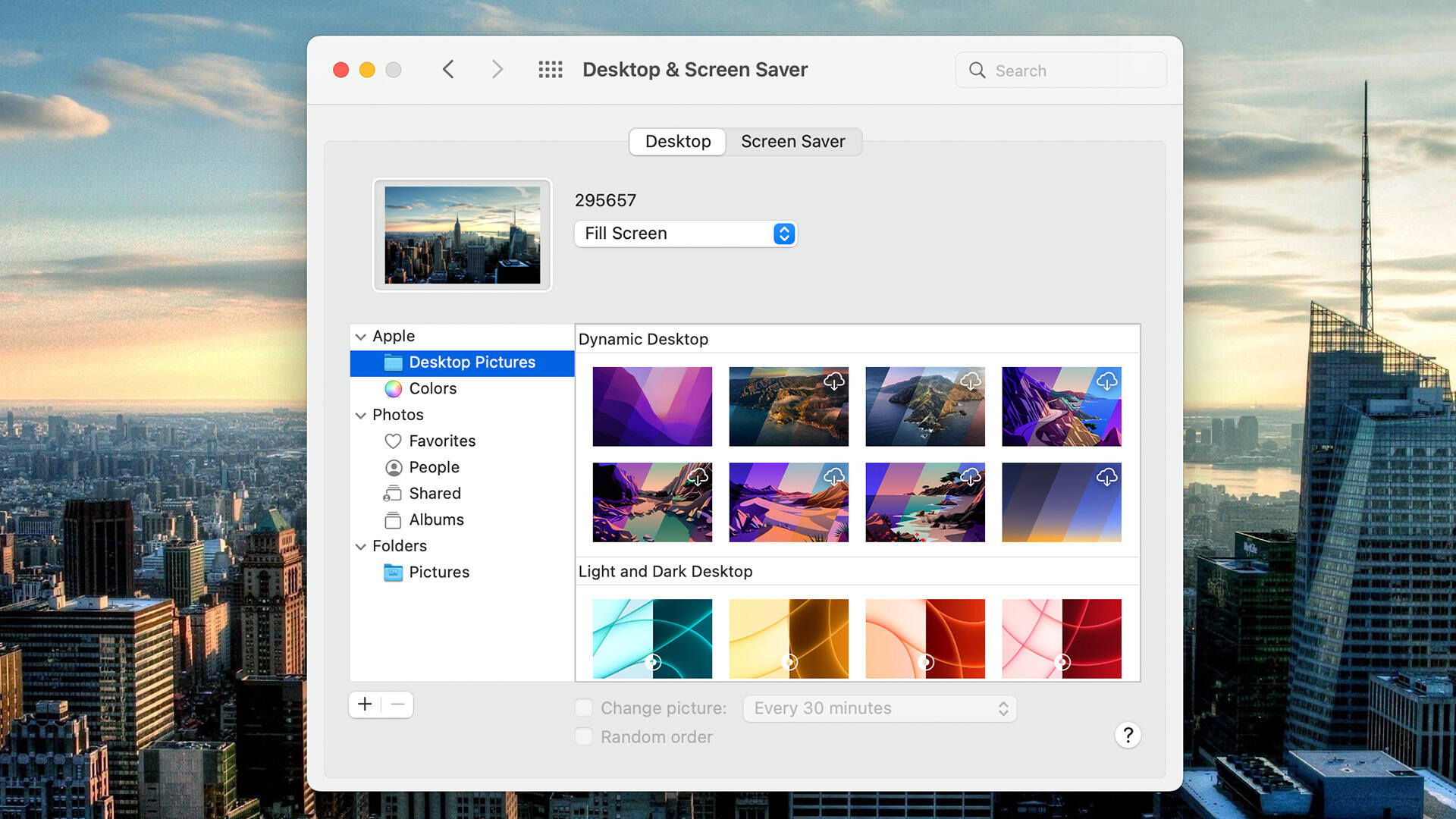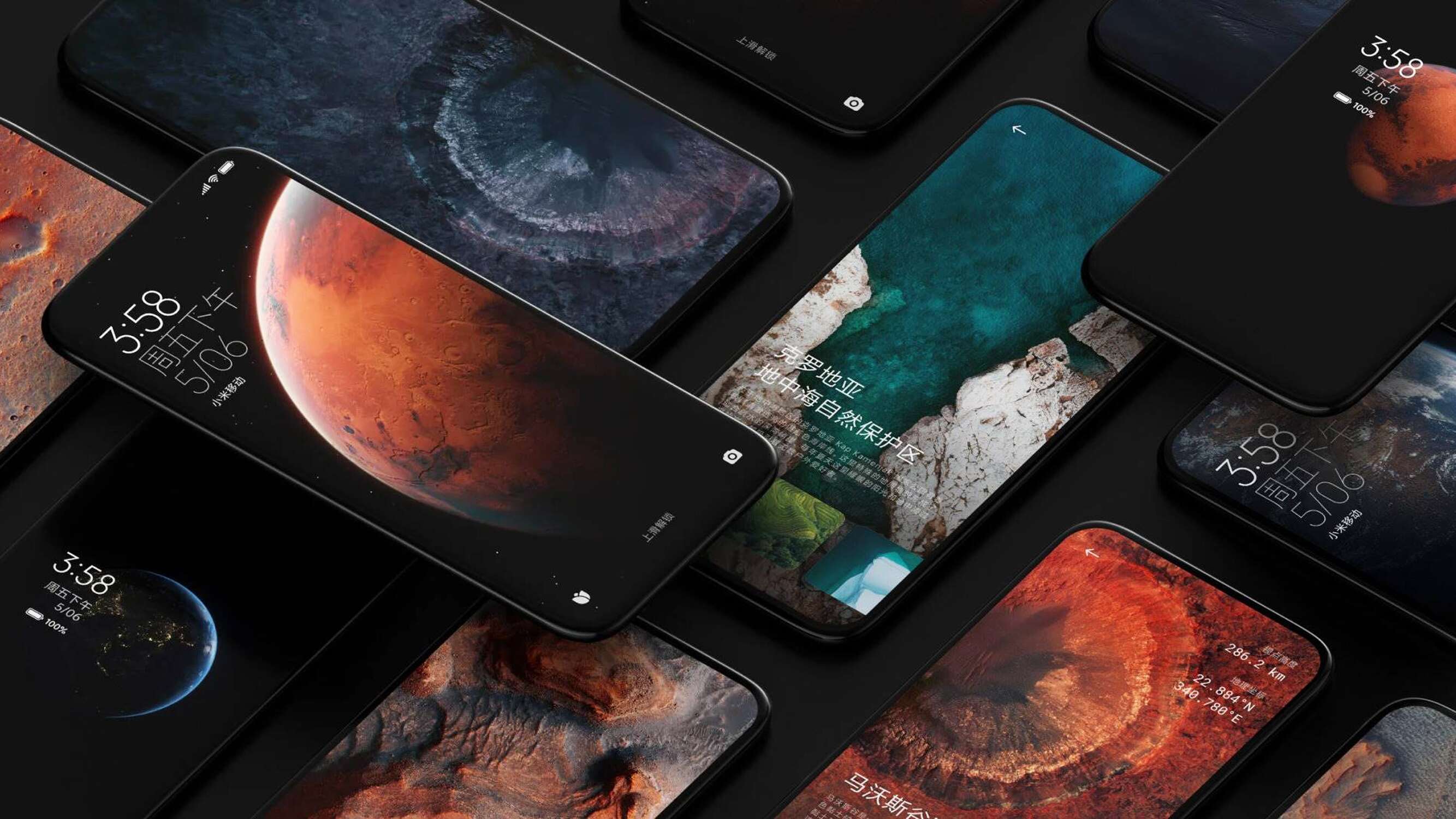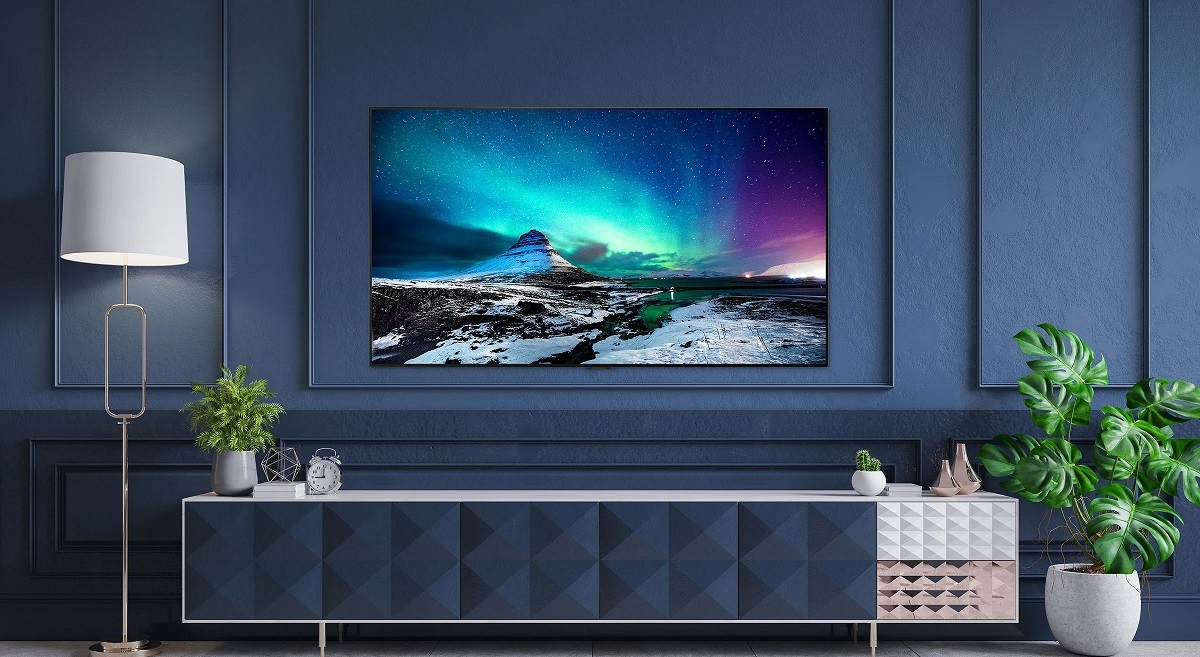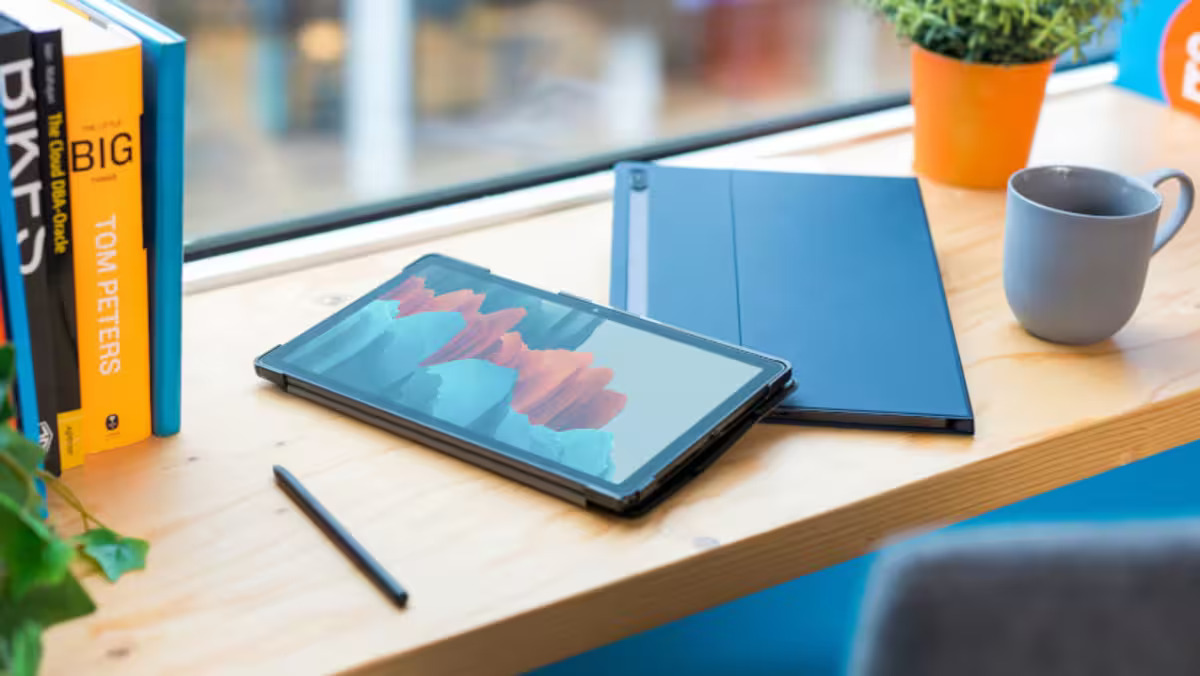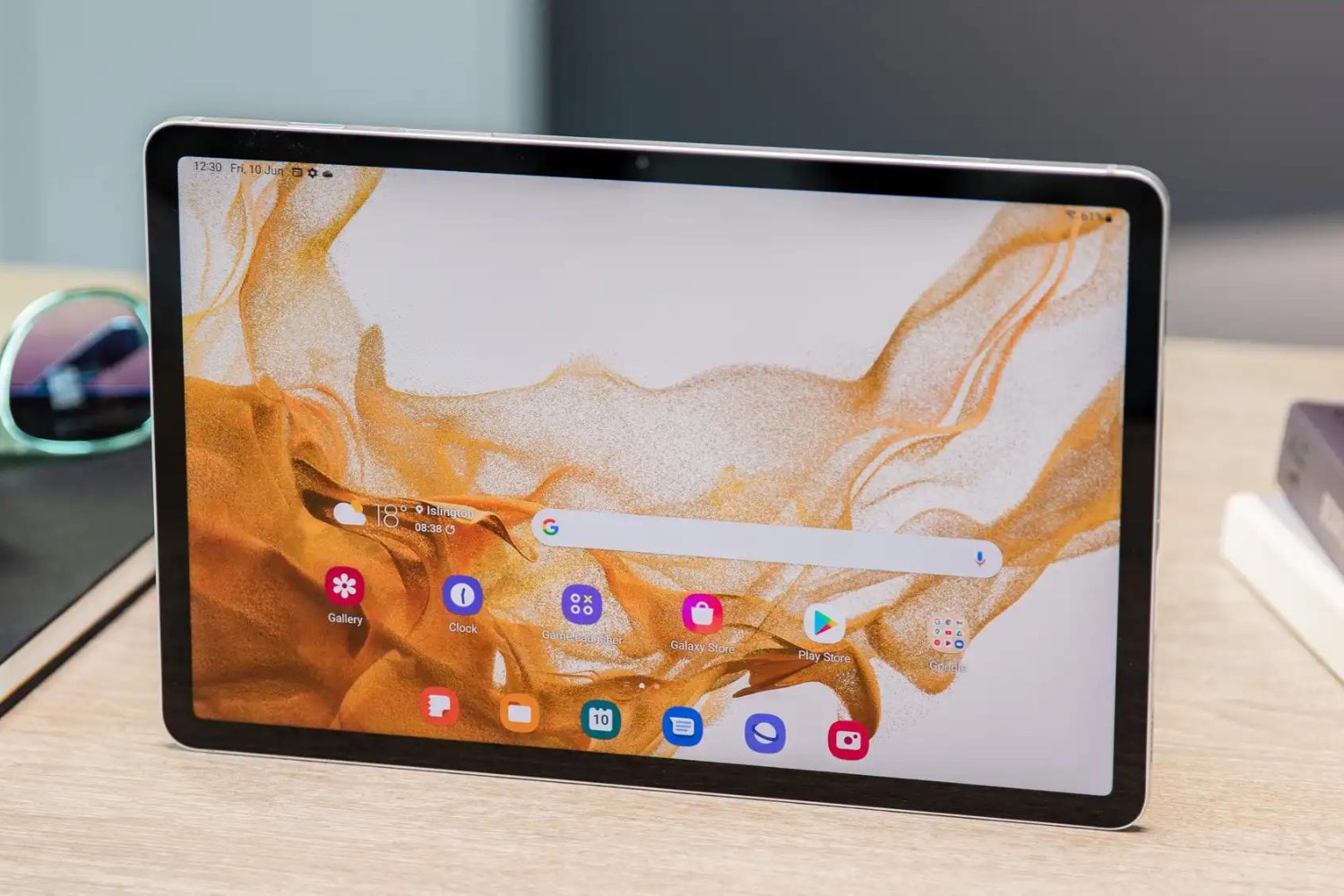Introduction
Setting different wallpapers for each monitor can add a unique touch to your computer setup. Whether you have a dual monitor, triple monitor, or even a multi-monitor setup, having the ability to customize wallpapers individually can provide a personalized and visually appealing experience.
Gone are the days when you had to settle for the same wallpaper on all your monitors. With the advancements in technology, operating systems like Windows now offer built-in features that allow you to set different wallpapers for each monitor. Additionally, there are third-party software options that can further enhance your wallpaper customization capabilities.
In this article, we will explore three methods to set different wallpapers for each monitor. We will start by walking you through the process using the Windows settings, then discuss the usage of third-party software that simplifies the customization process. Finally, we will explore the option of creating your own custom wallpaper to perfectly fit each monitor’s dimensions.
By the end of this article, you will have the knowledge and tools to express your creativity and uniqueness through personalized wallpapers on every monitor in your multi-monitor setup.
Method 1: Windows Settings
Windows operating systems provide a built-in feature that allows you to set different wallpapers for each monitor without the need for additional software. Follow these steps to customize your wallpapers:
- First, ensure that you have multiple monitors connected to your computer and that they are properly detected by Windows.
- Right-click on an empty space on your desktop and select “Personalize” from the context menu.
- In the Personalization settings window, click on the “Background” option located in the left sidebar.
- Under the “Choose your picture” section, you will see a drop-down menu labeled “Background.” Click on it to reveal the available options.
- Select the “Slideshow” option from the drop-down menu.
- Click on the “Browse” button and navigate to the folder where you have stored your desired wallpapers.
- Select the images that you want to use as wallpapers for each monitor by holding the Ctrl key and clicking on each image.
- Once you have selected all the desired images, click on the “Choose this folder” button.
- Under the “Choose a fit” section, select the appropriate fit for your wallpapers. You can choose from options like “Fill,” “Fit,” “Stretch,” “Tile,” or “Center.”
- Finally, click on the “Save changes” button to apply the customized wallpapers to each monitor.
Windows will now cycle through your selected images and display them as wallpapers on each connected monitor. The wallpapers will change at a predefined interval, providing a dynamic and visually engaging experience.
Using the Windows settings to set different wallpapers for each monitor is a convenient and straightforward method that is accessible to all Windows users. However, if you are looking for more advanced customization options or additional features, you may want to explore the use of third-party software, as we will discuss in the next section.
Method 2: Using Third-Party Software
If you are looking for more extensive customization options and features beyond what the Windows settings offer, using third-party software can be a great option. There are several applications available that specialize in multi-monitor customization and make it easy to set different wallpapers for each monitor. Here are a few popular choices:
- DisplayFusion: DisplayFusion is a powerful multi-monitor management tool that allows you to easily set different wallpapers for each monitor. It offers a wide range of customization options, including the ability to create custom wallpaper profiles, apply different wallpaper settings to individual monitors, and even sync wallpapers across multiple computers.
- UltraMon: UltraMon is another feature-rich application designed for multi-monitor setups. Along with the ability to set unique wallpapers for each monitor, UltraMon offers additional functionality like taskbar customization, window management, and multi-monitor screensavers.
- Wallpaper Engine: While primarily known for its interactive and animated wallpapers, Wallpaper Engine also allows you to set static wallpapers for each monitor. It offers a vast collection of user-created wallpapers as well as the ability to create your own custom wallpapers using various effects and animations.
To use these third-party applications, simply download and install the software of your choice. Once installed, you can usually navigate through an intuitive interface that provides options for customizing wallpapers for each monitor. These applications often offer additional features like slideshow settings, image scaling, and multi-monitor taskbars, allowing you to create a truly personalized and immersive multi-monitor experience.
It’s important to note that while third-party software provides more advanced customization options, it may come at a cost. Some applications offer free versions with limited features, while others require a purchase to unlock the full functionality. Take the time to explore the different options and choose the one that best fits your needs and budget.
Using third-party software provides a higher level of customization and often unlocks additional features for multi-monitor setups. Whether you’re looking for more control over wallpaper settings or want to explore interactive wallpapers, these applications offer a wealth of options to enhance your multi-monitor experience.
Method 3: Creating a Custom Wallpaper
If you’re feeling particularly creative or want complete control over your multi-monitor setup, creating a custom wallpaper that perfectly fits each monitor can be a rewarding option. By designing a wallpaper specifically tailored to your monitors’ dimensions, you can achieve a seamless and cohesive look. Here’s how you can go about it:
- Determine your monitor’s resolutions: Start by identifying the resolutions of each monitor in your multi-monitor setup. You can usually find this information in your computer’s display settings or by searching online.
- Select a graphic design or photo editing software: Choose a software that you’re comfortable with and that allows you to work with multiple layers and adjust the canvas size. Popular options include Adobe Photoshop, GIMP, or Canva.
- Create a new file: Open the software of your choice and create a new file with the dimensions of the monitor you want to design the wallpaper for. Repeat this step for each monitor in your setup.
- Design your wallpaper: Let your creativity shine by designing a wallpaper that suits your taste. You can combine images, add text, apply filters, or create a unique artwork that spans across all the monitors.
- Arrange the layers: If you’re creating a wallpaper that spans across multiple monitors, arrange the different layers in a way that seamlessly transitions from one monitor to another. Consider the placement of important elements to ensure they are not cut off by monitor bezels.
- Save your files: Once you’re satisfied with your design, save each file individually. Ensure that you save them in a format supported by your operating system, such as JPEG or PNG.
- Apply the custom wallpapers: Use the methods mentioned earlier in this article (Windows Settings or third-party software) to set each custom wallpaper as the background for the respective monitor.
Creating a custom wallpaper allows you to showcase your artistic skills and personalize your multi-monitor setup like no other method can. Whether you prefer a cohesive panoramic image or unique wallpapers for each monitor, this method offers limitless creative possibilities.
Remember, designing a custom wallpaper may require graphic design skills or knowledge of photo editing software. However, with practice and experimentation, you can unlock your creativity and create stunning wallpapers that bring your multi-monitor setup to life.
Conclusion
Setting different wallpapers for each monitor in your multi-monitor setup can enhance your computing experience by adding a touch of personalization and visual appeal. In this article, we explored three methods to accomplish this: utilizing Windows settings, using third-party software, and creating custom wallpapers.
If you’re looking for a straightforward and accessible option, the Windows settings offer a convenient way to set different wallpapers for each monitor. By following a few simple steps, you can easily customize your desktop background and enjoy a dynamic multi-monitor experience.
For users seeking more advanced customization options and features, third-party software applications like DisplayFusion, UltraMon, or Wallpaper Engine provide additional functionality. These applications allow for more granular control over each monitor’s wallpaper, offering features such as synchronization, slideshow settings, and interactive wallpapers.
For those with a creative spirit and a desire for complete control over their multi-monitor setup, creating custom wallpapers is a perfect choice. By designing wallpapers specific to each monitor’s dimensions, you can achieve a seamless and cohesive look that truly reflects your personal style and taste.
Ultimately, the method you choose will depend on your preferences, technical knowledge, and budget. Whether you opt for the simplicity of Windows settings, the advanced features of third-party software, or the artistic freedom of custom wallpapers, each method allows you to make your multi-monitor setup truly unique.
Whichever method you choose, setting different wallpapers for each monitor can transform your computer workstation into a visually stunning and personalized workspace. So go ahead, unleash your creativity, and enjoy a multi-monitor setup that reflects your individuality!







